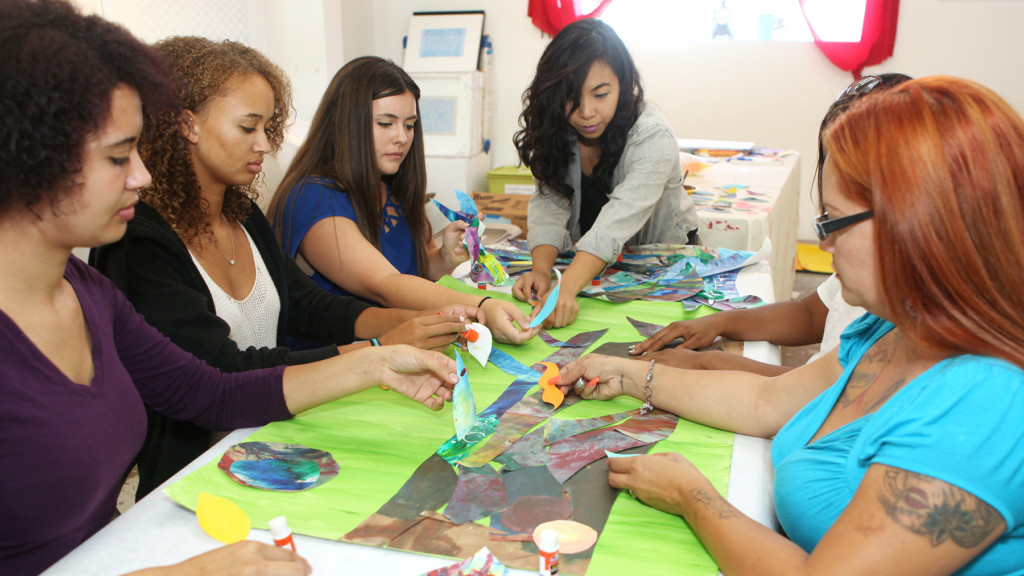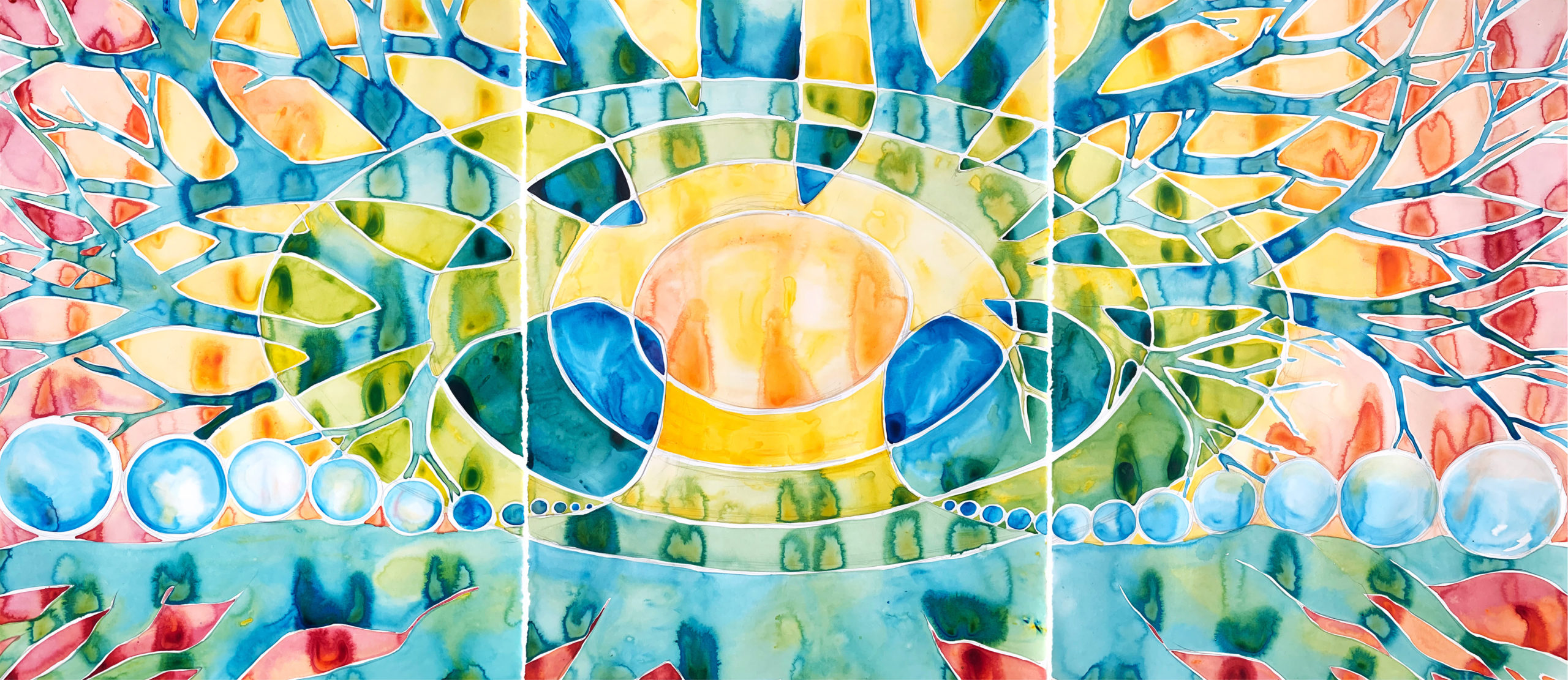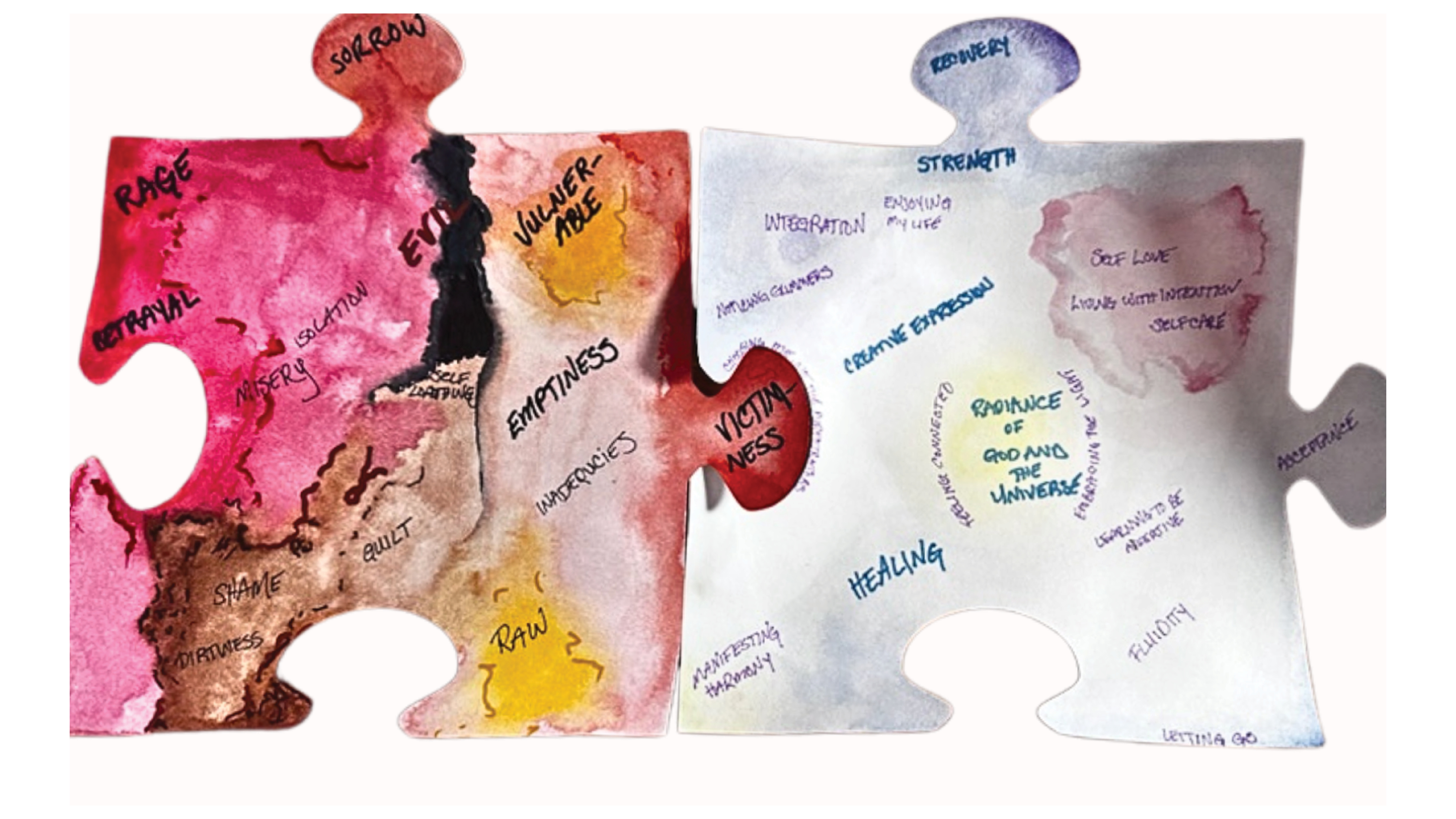by Aimee Stockenstroom, LCSW
Windows Facilitator
As a facilitator, expert witness in the courtroom, and someone who brings the science of healing into therapeutic spaces, I’ve had the privilege of bearing witness to countless stories of survival from those who have endured the horrors of intimate partner and sexual violence. In all these roles, I find my most important mission is to amplify the voices of survivors—and I am committed to doing so here.
The stories of survivors can be challenging to capture or convey, especially when trauma alters the brain, body, attention, thinking, behavior, and memory in profound ways. As renowned addiction and trauma expert Gabor Maté wisely says, “Trauma is not what happens to you, but what happens inside of you.” Traumatic experiences often leave people without the words or narrative to describe what’s going on inside them. The traumatic experience may be felt, or experienced as fragmented or sometimes blank, and they may not be able to put a name to what they are experiencing internally. Yet through art, their inner worlds come to life.
In other groups I’ve facilitated, I’ve focused on creating a space where members can authentically speak their truth. For them, this often means finding a balance between expressing and containing, sharing and holding back, and learning to manage and regulate emotions. Group members carefully choose what to say and how much to reveal, all while navigating the anticipation of how others might respond to them. There’s also the internal struggle—the fear that once emotions are stirred, they won’t easily settle, even after the group session ends.
Facilitating groups that involve art is about more than just holding space for sharing. It’s about providing a sanctuary—space for a guided journey inward.
Here, members can explore their thoughts, feelings, bodily sensations, fears, and hopes through movement, color, texture, journaling, and the act of cutting, tearing, and piecing things back together with glue or tape. They can express their experiences in whatever way makes sense for them and their healing—by speaking their truth, or by letting the art speak for itself. Art becomes a powerful tool in this process, allowing them to convey what words sometimes fail to capture.
When I asked members of our online support group how the experience of using art for healing has been for them, one survivor reflected, “It was revealing for me. It kind of showed me where I was. It allowed me to put a name to where I was. It helped me to be more grounded in where I am now.”
Through art, trauma survivors are able to express the indescribable. And just as importantly, they are able to retain control over their creations. They decide if and when they’re ready to let others into their inner world which has been laid out before them. This act of creating and choosing whether to share it can provide a deep sense of release—an unburdening of something held inside, finally given form.
The artwork shared in this post came out of a workshop called “Putting Myself Back Together.” Members were invited to use paper puzzle pieces to reflect on parts of themselves that had been hurt or harmed, parts they had shielded or guarded, parts that were healing, and parts they were reclaiming.
The artist shared, “I am a survivor of PTSD and abuse, and have found A Window Between Worlds helpful in the processing and integration of painful memories/trauma. Artistic expression has become a prominent coping skill, and I believe in the ability of healing through art.”
After creating her puzzle pieces she continued to use art as a coping strategy at home whenever she felt overwhelmed, discouraged, triggered, depressed, or anxious. Over time, she reclaimed her confidence and courage, using art not only for healing but also for joy and celebration. Her love for the craft inspired her to create many pieces of art, which she now shares and sells at craft shows for others to enjoy.
As a facilitator and clinician, I have had the privilege of witnessing our small but mighty group use art to reclaim their voices and speak their truths. They are no longer alone in their experiences; they’ve made space for a ‘we.’ We create. We share. We witness. And we are resilient.
by Aimee Stockenstroom, LCSW
Windows Facilitator
You’re invited to download the art workshop Putting Myself Back Together mentioned in the blog post!
Putting Myself Back Together Art Workshop
Want to bring healing art programming to your workplace or community?
A Window Between Worlds (AWBW) supports hundreds of direct service organizations across the country to incorporate creative expression into their work with trauma survivors. With this blog we uplift the voices of our art workshop facilitators and participants. We invite you to take in this perspective, notice what resonates and explore how it may fit into your life.





